I interviewed Pat Brown, founder of Impossible Foods, at the end of last year. He started the company to solve an environmental problem first and create a product second. It’s safe to say that Impossible has done the impossible by creating a plant-based meat that has even the most devoted chefs and burger fans clamoring for more. Since then, our world has experienced one of the greatest challenges of our lifetime with the pandemic. I wanted to talk with an environmentalist about one of the few silver linings to COVID, so naturally I turned to ecologist, Rebekah Moses, Head of Impact for Impossible Foods. She was one of Pat’s first hires, proving that once again, his vision has paid off.

“It’s interesting to see people getting really into birdwatching in their backyard. They’re taking a break and noticing their surroundings. It’s like the great pause.”
What changes are you seeing in the environment since quarantine?
We’ve been seeing positive outcomes for air quality and water cleanliness. The amount of pollution and carbon intensity has changed as a function of shelter in place. While there’s been positive media coverage on climate change, I want to take it with a grain of salt. Without fundamental transformation and a commitment among industry and policy to make changes, once we’ve returned to whatever new normal looks like, we could see a resurgence to the previous levels of air quality or higher levels of those issues of air pollution and water pollution. So, while I love that we’re seeing some immediate short-term benefits, we cannot assume that it will be sustained.
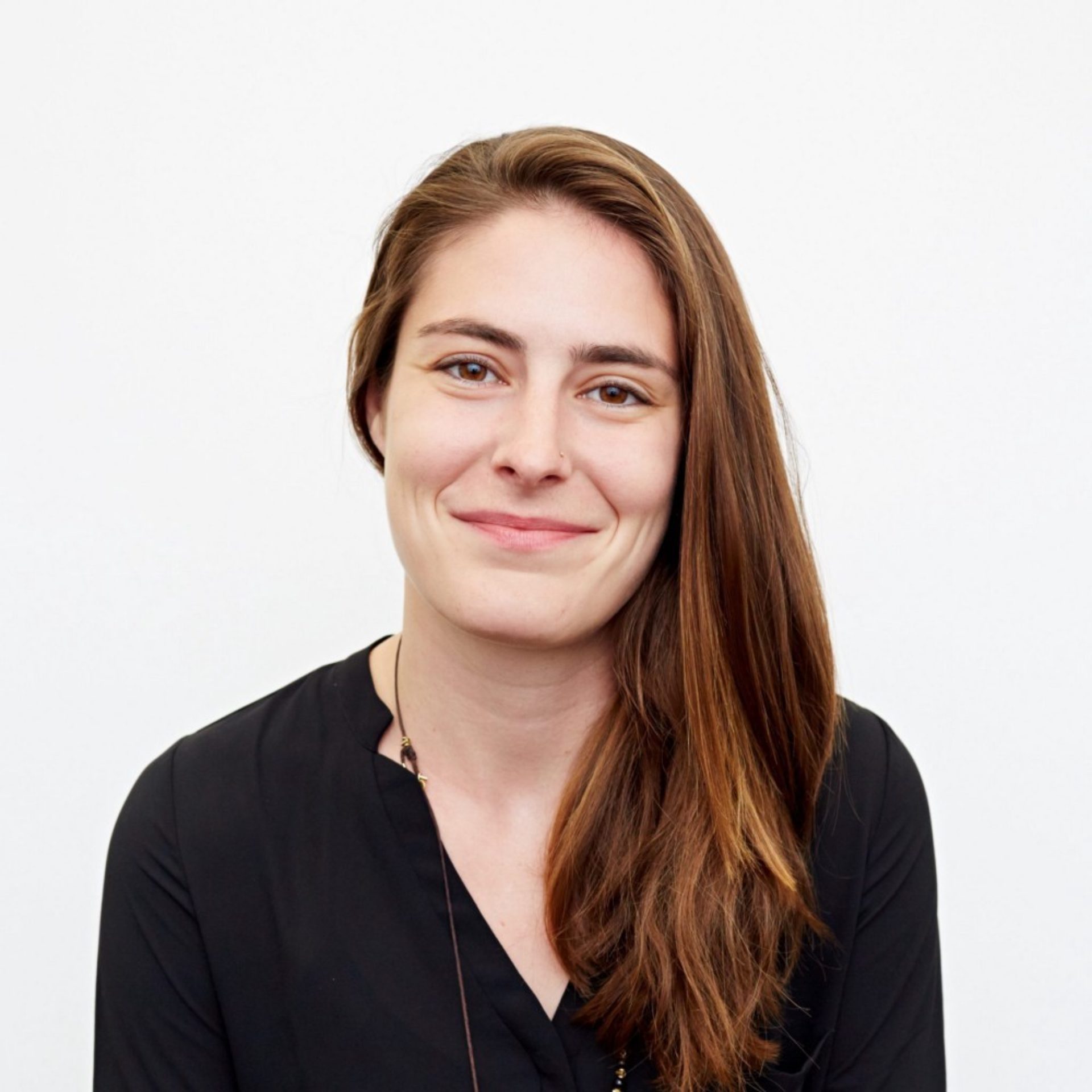
Rebekah was one of Pat Brown’s first hires in 2016 as their Head of Impact
What steps do you think companies can take to help sustain some of the positive changes we’ve seen?
I work for Impossible Foods and our business was founded in 2011 by Pat Brown with the intention of being that change by creating climate biodiversity loss intervention. My focus is on the food system and how we can transform diets in ways where we’re not asking for a tremendous amount of sacrifice from consumers. Our goal is to meet them where they are but get them to eat sustainably and eat plant-based, without changing their food culture and behavior. That’s where our flagship product the Impossible Burger comes in. It provides that equivalence without the negative externalities of eating beef.
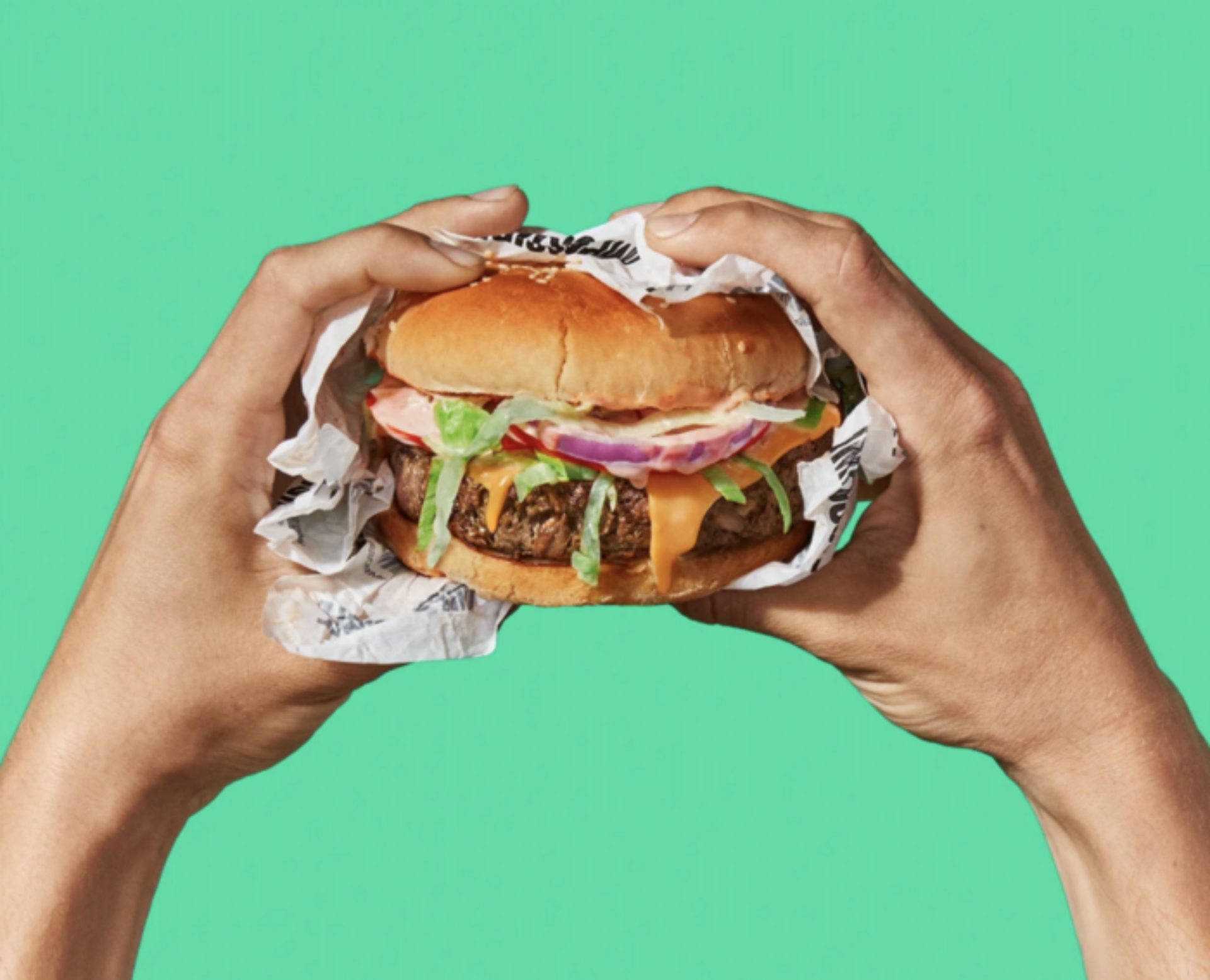
9 out of 10 of Impossible buyers are traditional meat eaters.
When I think about the ways we can sustain some of these positive outcomes associated with the environment as a result of shelter in place, I always come back to dietary transformations. The co-benefits of changing our diets are really radical for public health and for ecological integrity for environmental health. A more plant-based diet gives us the ability to transition away from reliance on animals for protein and calories. This really important step is not unique to a COVID response, but rather just something that we as an industry need to be moving forward on full stop.

In April 2020, the Himalayas were visible from northern India for the first time in 30 years.
At the same time, there’s obviously really critical things that can be done on the energy side like storage and moving away from coal and greenhouse gases globally. These are incredibly important from a policy level and from the private sector level, but our approach is via food systems.
Are you sensing that there’s any pressure on companies to step up and adjust their sustainability initiatives that weren’t in the plans before COVID?
In terms of acute responses as a result of COVID, I’m not totally sure, but I’m certain there’s going to be some interesting carry-on effects associated with big companies, especially tech companies who are telling their employees to work from home through the end of the year. There will be some positive climate benefits associated with that from reduced commutes, although you do have to wonder if that burden shifts back to heating homes or the use of electricity in the home.
I was surprised how quickly the news reported that people could see the bottom of the Venice canal or the Himalayas for the first time in their lifetime. I wonder if this is a peek into what’s possible and if it will change how consumers live and what they demand from businesses.
Exactly. I love thinking about how consumers can have a peek at the world that could be. If there’s one benefit for the environment that comes out of this, it might be awareness. It might be a really tangible global feeling. This can be an eye-opening moment and it might galvanize additional climate action. We just have to figure out all the other parts of it.

COVID-19 hit during peak bird mating season. Birds like this red-winged blackbird are easier to see and hear. Photo Credit: PASSION4NATURE/ISTOCK/GETTY IMAGES PLUS
It’s interesting to see people getting really into birdwatching in their backyard. They’re taking a break and noticing their surroundings. It’s like the great pause. People are starting to feel a reconnection to the extent they can with their natural and surrounding environment. The response around COVID has been global and transformative and it shows us that there is capacity to make monumental shifts in how we approach problems including climate change, with the right motivation.
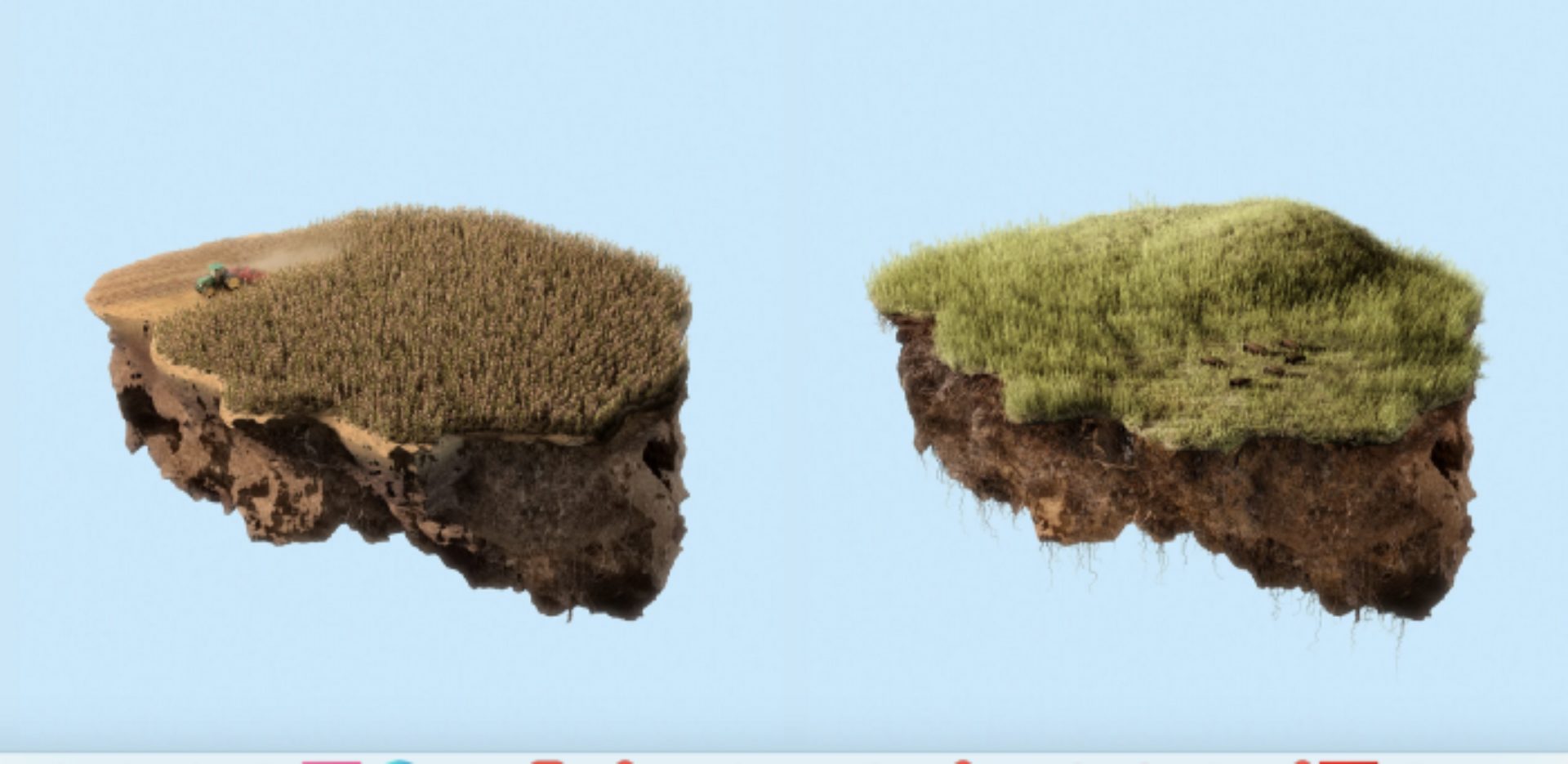
By reducing our agricultural footprint, we can restore our natural grasslands and the ecosystems within them.
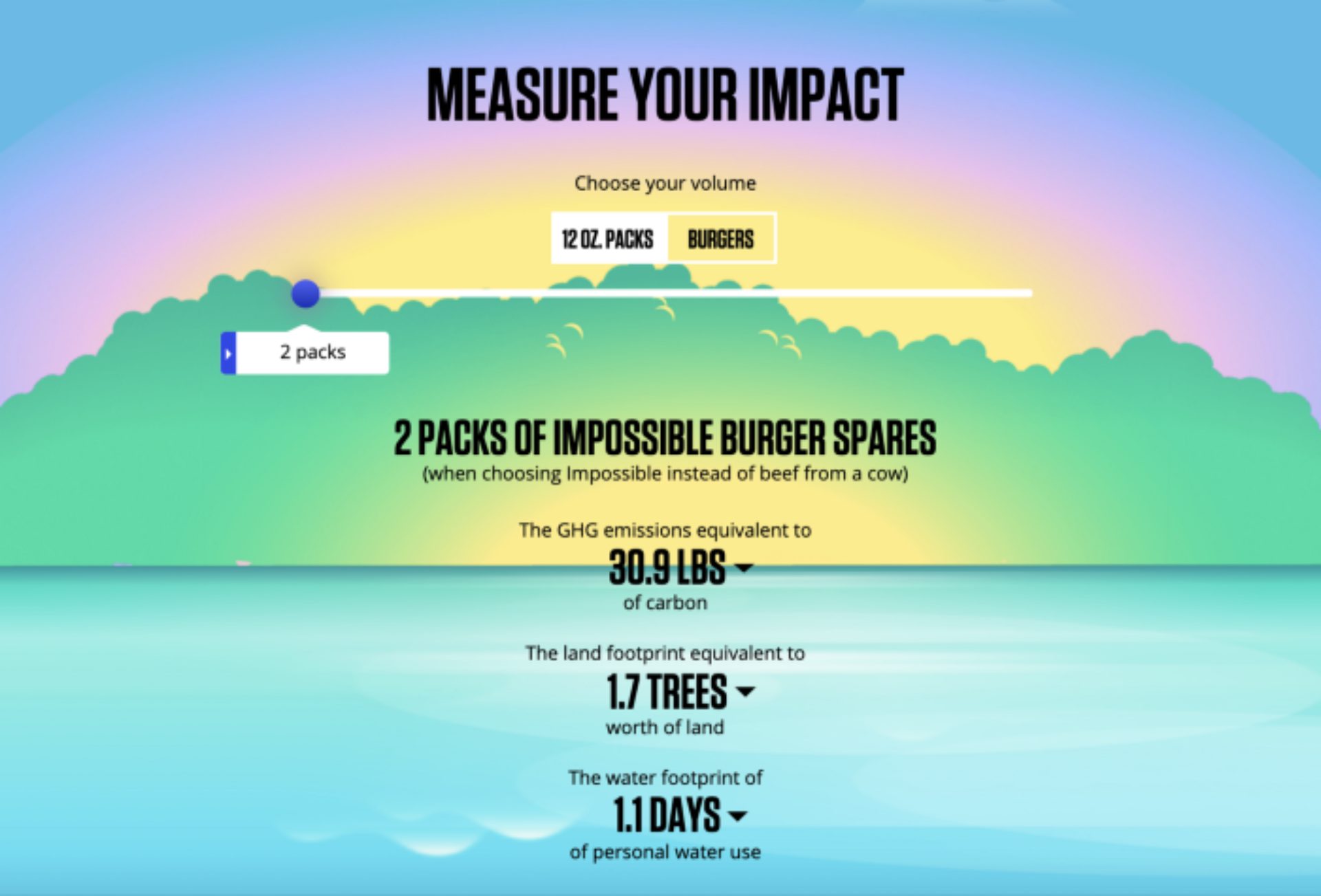
Impossible Foods’ online calculator shows you how much you reduce your land, water and greenhouse gas footprints by choosing an Impossible™ Burger instead of a burger from cows.
I don’t think the world’s ever felt as small as it does right now.
Absolutely. It feels really small. The global feels local right now. Our food system is very much the same, but people haven’t had that window into it in the same way. It’s hard to build awareness among people that how they eat does in fact have these knock-on effects globally. That’s especially true of U.S. meat consumers. They don’t understand what eating a steak in Texas has to do with the Brazilian Amazon. It’s difficult for a brand to draw those linkages. It is a very complex web that we’re asking people understand so we don’t ask them to understand.
One of the more brilliant aspects of the Impossible model is your vision of replacing something that is as tasty as what you were eating instead of preying on their guilt.
Right. We never want to tell someone that they’re doing something wrong. We never want to demonize behavior. It’s about presenting a solution that at scale can result in, enormous environmental savings. But we don’t expect the consumer to know or care about that. When you tell someone that they’re doing something wrong, you put them into a defensive crouch. It’s just not the way that we approach this, but awareness building in general, I think can be really important.

“If you want to address climate issues, mitigate emissions, save water, avoid water pollution and preserve habitat, cattle are the system that we need to be focusing on to a very large extent.”
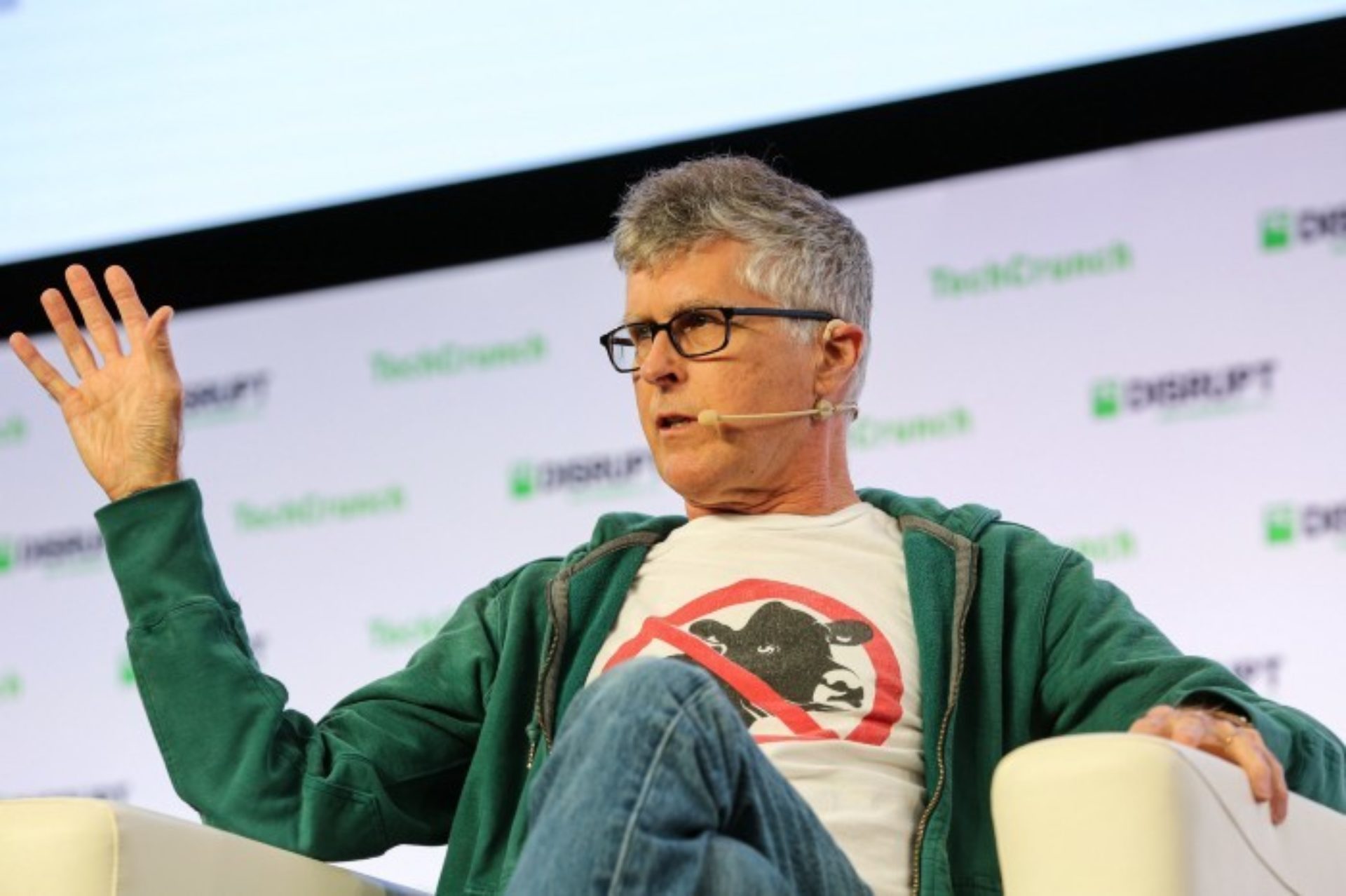
When Pat Brown founded Impossible Foods in 2011, he set a high-level objective of eradicating the consumption of meat from animals by 2035.
It’s an interesting thought to incorporate small sustainability acts into your daily habits.
Exactly. Each pound of Impossible Burger saves about 300 square feet of land, 30 pounds of greenhouse gas emissions, and about 90 gallons of water. As one unit, that’s not huge. It’s not going to change the world. But when you apply that to the 9 billion pounds of ground beef that are consumed in the United States every year, that’s where you start seeing the potential of these tools. And it’s not just us, there’s other plant-based tools out there. It has to be about that kind of consumption cadence, and accessibility to a general population. It can’t be purely aspirational or it’s just not scalable. And if it’s not scalable, it’s not effective.
Can you talk about how being environmentally conscious drives business growth for Impossible?
The sustainability in the pursuit of environmental goals is embedded within the core business of Impossible Foods and has been since Pat founded it. We want to be thoughtful about how at a macro scale our business can show up and drive positive environmental outcomes. I’ll give you an example, using our current growth scenario. There’s kind of a hierarchy of environmental effects caused by different animal products. Cattle are regarded as “worst first”. If you want to address climate issues, if you want to mitigate emissions, if you want to save water, if you want to avoid water pollution, preserve habitat, cattle are the system that we need to be focusing on to a very large extent. They require enormous amounts of land because they’re alive for long periods of time, and they roam, and they graze on pasture, and rely on corn and soy feed crops.
Over the course of their lives the environmental impact of each animal is quite large, and at scale with about a billion of these animals on the planet, it’s very, very detrimental to our environment. It’s the leading cause of deforestation, leading cause of habitat loss, and as a result, there’s been about a 58% decrease in wild mammals and fish on this planet. The abundance of wild animals on planet Earth has declined by more than half in just two generations, and that’s very scary for multiple reasons that we can go into, but all of these things said, it’s not cattle’s fault. It’s just the scale at which we’re using them.
You are an ecologist, correct?
I have my master’s in international Agricultural Development, and a lot of the focal areas that I’ve done are around ecosystem services.
Did you ever think you’d be working for a private company?
I did not, to be totally honest. I think that this might be one of the only private companies I ever would’ve jumped over to from research and working in the university or public sector space. I met with Pat back in 2016, right before we launched. The company had had a presence, but the field was really new. Plant-based meat was a very new concept. We hadn’t even started in one restaurant yet. After talking with Pat, I knew this was the transformational sustainability approach that we needed. I’d spent years working at a field level on sustainability. How to create great habitats on working landscapes, how to make rice fields great for birds, how to make lettuce fields better for beneficial insects, things like that. But when you really look at a scalability play, it is consumer behavior. That really was kind of my entrance point into private sector.
Where did Head of Impact Strategy title come from?
Let me take a step back. Sustainability can mean any number of things, but I think in a corporate sense, it has started to be perceived as something that’s very much focused on your own footprint. So how you decarbonize your supply chain or the water footprint that you have, and that is important work. It’s not comprehensive, though, of businesses that have as their core business an environmental outcome. So, for the companies out there that are somewhat like Impossible Foods, where for us a sale doesn’t count unless it’s coming at the expensive of a very environmentally destructive thing, how can you consider impact a little bit more broadly? That’s really the genesis of the title.
That makes tons of sense, because that’s where a lot of fixes can happen, but I wonder if we’re going to see a rise in the shifting of the role towards broader impact.
I really hope so. I hope that there’s increased investment in these kinds of functions, these kinds of teams. I think for those of us in the sustainability space, whenever there’s a recession or an economic downturn, everyone kind of goes, “Ooh,” and waits to see if the sustainability team or the CSR team or the ESG team is going to be the first on the chopping block.
But I haven’t seen that happen yet. So, data point of one, I’ve been monitoring this myself and talking with a few colleagues about it. What I’ve seen instead is actually a surprising number of roles opening up and being posted for things like ESG (environmental social governance) impact strategy, sustainability communications, the whole gamut of this space. And that gives me a lot of faith that just, as you said, we are kind of opening up the way that we think about business.
Do you think significant change for sustainability practices will need to come from the private sector?
The private sector has to provide the toolkits for it. It’s not enough to say, “Okay, well, we’re going to reduce our own emissions.” Private sector has to do what Impossible Foods has done. Their business is going to be the vehicle for change because there’s only so much you can do in terms of policy without the right toolkit.
Raising consciousnesses is a really difficult thing. That work is really for NGO’s, not for brands or the private sector. What we can do is come up with solutions, really excellent products that achieve the goals that we want without asking anything in terms of education, awareness, or a preconceived notions of what sustainability is. Just build the dang mouse trap, right? Which is what Pat did.
Hopefully the time is now, since the environment is having a cultural moment.
Exactly. Addressing climate, keeping biodiversity resilient, these are going to be my generation, our generation, future generations’ moonshot. This is the next space race, only it’s existential. We have to do it. And so, what we’ve seen over the past couple of months at least as a silver lining is that we can mobilize as a global economy. We can actually really achieve transformational changes if we have the right motivation. And I think climate action is definitely the right motivation.
One last question for you that I ask everyone I interview. How would you define beautiful thinking?
That is such a difficult question and I’m going to completely wing it. But I think it’s how ecologists think. It’s systems thinking. It’s thinking about the web of interacting effects that an individual action has. It’s the type of thinking that I aspire to, but don’t always achieve, but it’s that exact concept of making the global local.


